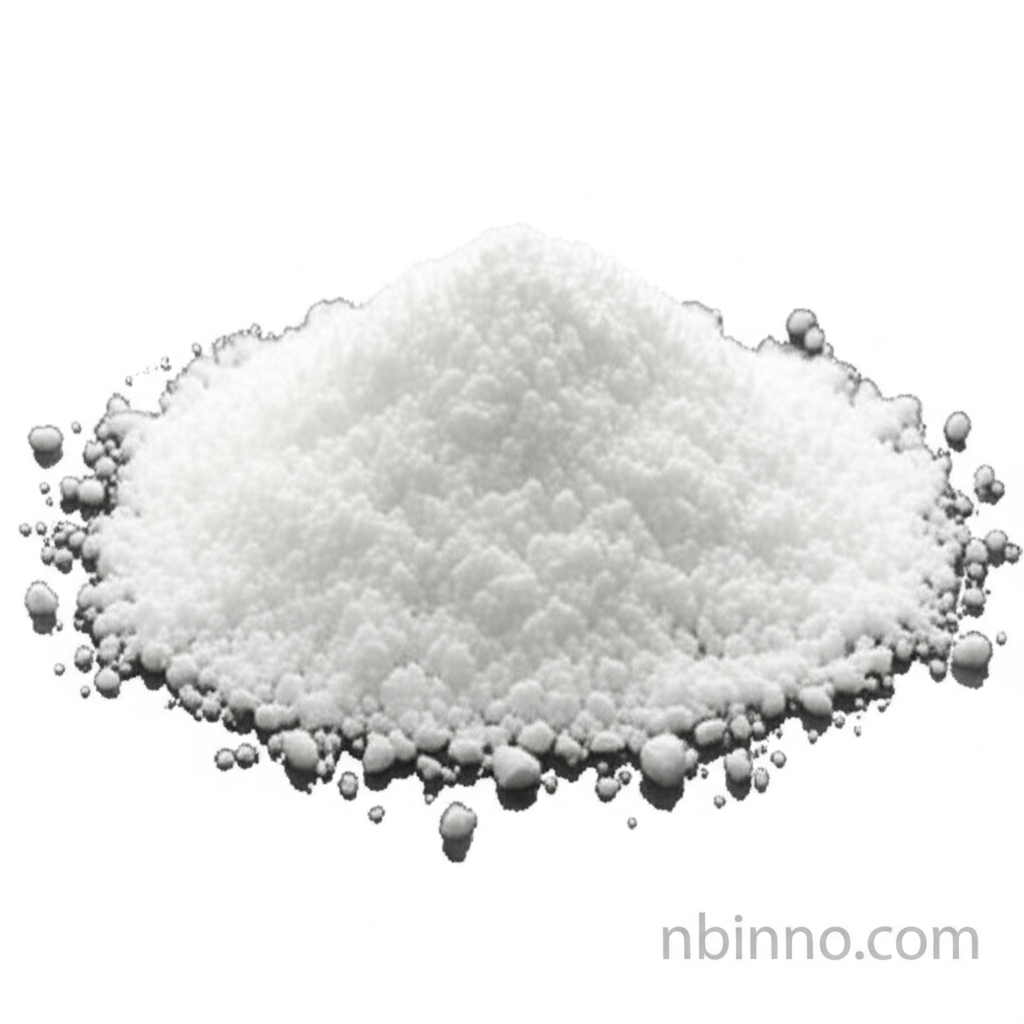L-Carnitine Base: Unlock Your Energy Potential and Support Metabolism
Discover the vital role of L-Carnitine Base in energy production and metabolic health.
Get a Quote & SampleProduct Core Value

L-Carnitine Base
L-Carnitine Base is a vital amino acid derivative that plays a critical role in your body's energy production processes. It functions by efficiently transporting fatty acids into the mitochondria, the powerhouses of your cells, where they are oxidized to generate energy. This fundamental role makes it essential for maintaining overall vitality and supporting various bodily functions, including heart and brain health, and muscle movement.
- L-Carnitine benefits for athletes contribute to enhanced endurance and improved exercise performance by optimizing energy availability.
- Explore the role of L-Carnitine for energy production, converting fats into usable fuel for cellular activities.
- Understand potential L-Carnitine supplementation risks and learn about safe usage practices.
- Discover various L-Carnitine food sources and how to incorporate them into a balanced diet.
Key Advantages
Enhanced Energy Levels
By facilitating the transport of fatty acids, L-Carnitine helps unlock stored fat for energy, leading to increased stamina and vitality.
Metabolic Support
Crucial for efficient fat metabolism, L-Carnitine aids in converting fats into energy, supporting weight management goals.
Cellular Function
Supports the optimal functioning of mitochondria, the energy-producing centers within your cells, promoting overall cellular health.
Key Applications
Nutritional Supplementation
Widely used as a dietary supplement to support overall health, energy levels, and metabolic functions.
Athletic Performance
Favored by athletes for its potential to boost endurance, reduce fatigue, and aid in recovery.
Weight Management
Aids in the process of fat utilization for energy, potentially contributing to weight loss efforts when combined with diet and exercise.
Cardiovascular Health
Plays a role in supporting heart function due to its involvement in energy production within cardiac muscle cells.
